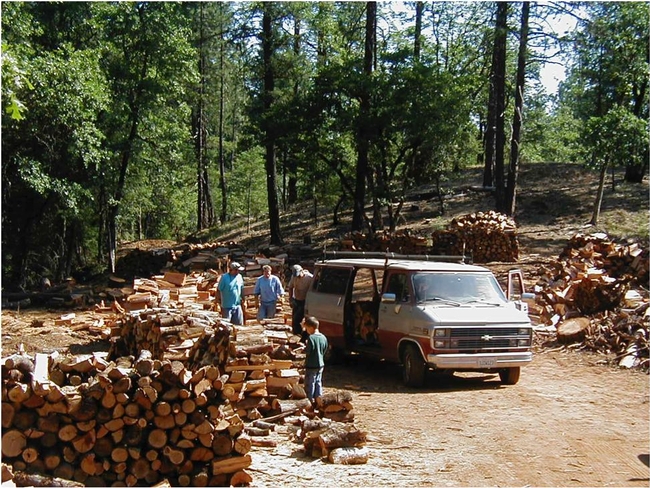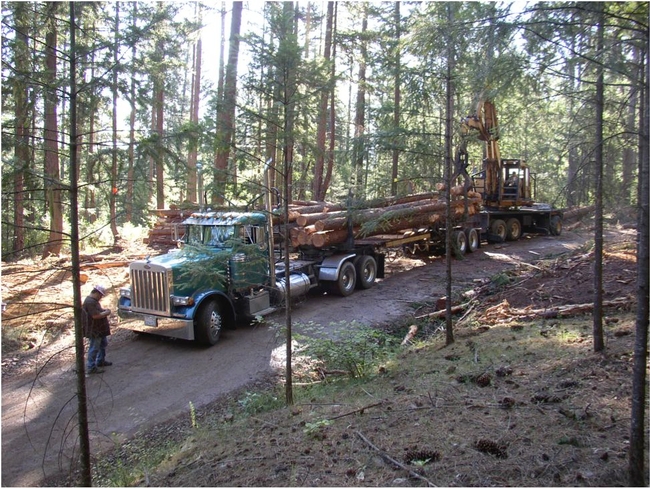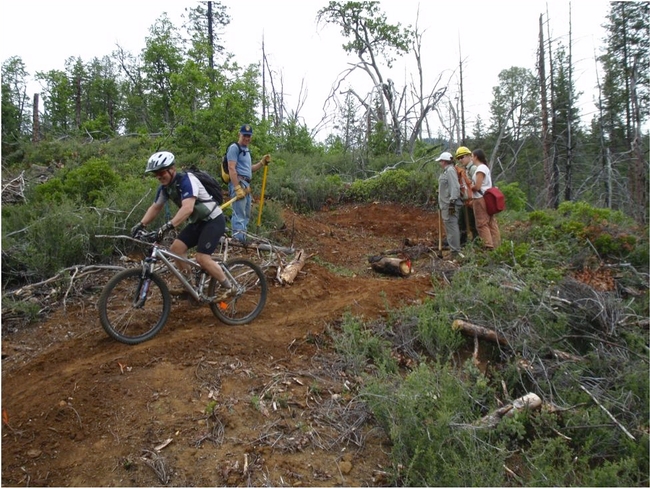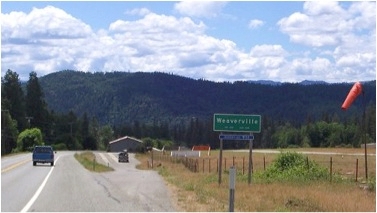In the mid-20th Century, the City of Arcata purchased 622 acres of redwood forest and created the first city-owned forest in California. The current 2,350-acre Arcata Community Forest has a multiple use management plan that focuses on recreation, timber management, and watershed values, among other things. The forest provides tremendous aesthetic value and numerous recreational opportunities to the City of Arcata.
In the late 1990s, the Bureau of Land Management considered a land trade that could have compromised the town of Weaverville’s scenic surroundings. Driven by an appreciation for the forests surrounding their town, the residents of Weaverville sought to be included in the decision-making process. With considerable persistence, the Trinity County Resource Conservation District was able to gain a seat at the same table as the Bureau of Land Management and the U.S. Forest Service. The ensuing partnership enabled the collective management of 13,000 acres of land surrounding Weaverville in the form of a community forest.



The advantage of a community forest is that it provides things the community itself identifies as priorities, such as biomass generation, firewood sales, education opportunities, and improved trail systems and access roads. With all of the stakeholders engaged and working toward common goals, community forests provide tangible positive examples of the benefits of collaboration.
